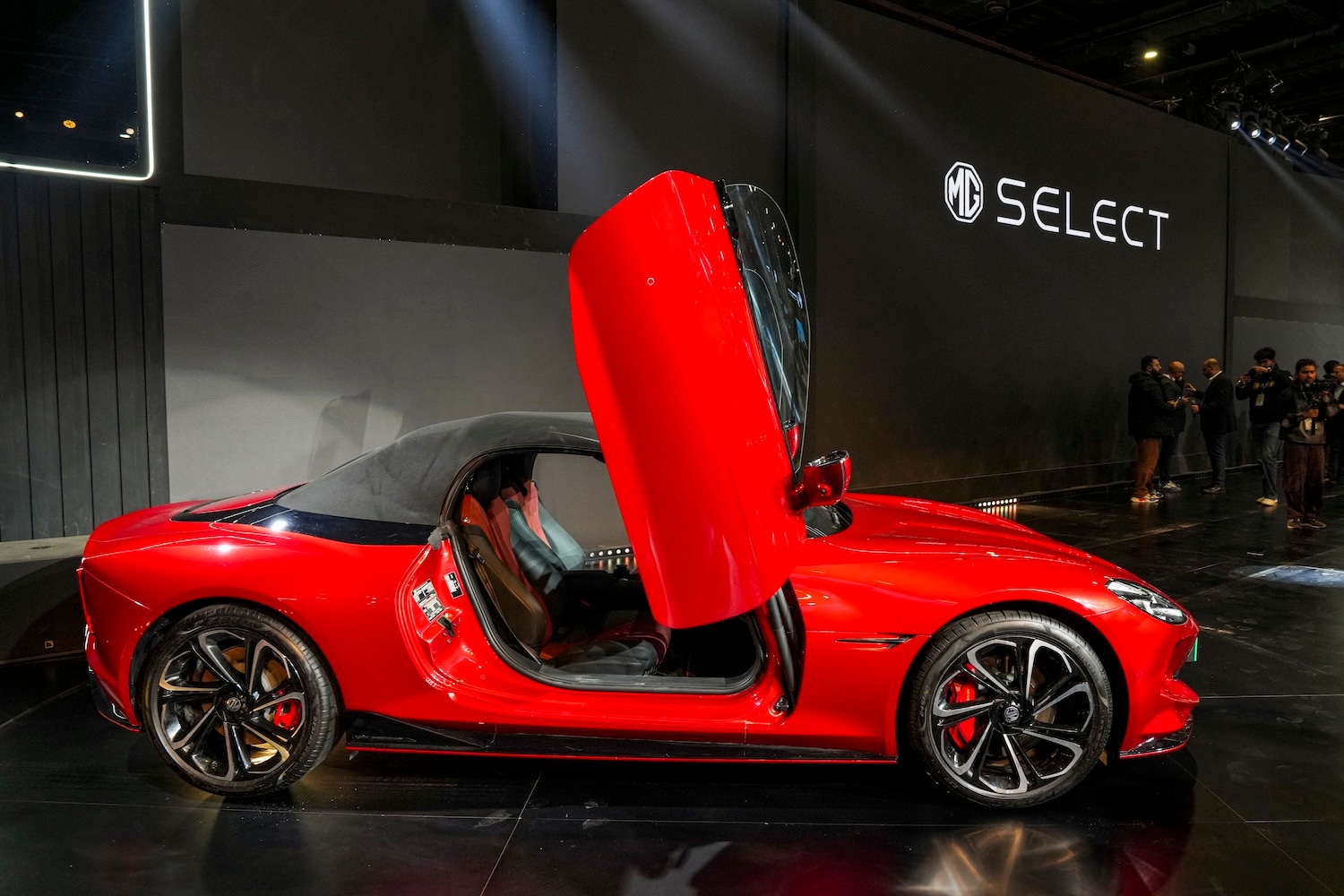Neura Robotics shows off 4NE-1, a humanoid robot, in an outdoor ad campaign Humanoid robots will begin a mass adoption trend for commercial use as early as 2028, according to a new Bank of America research report. Annual shipments could hit 1 million by 2030, with a production cost of just $17,000 per unit. “BofA Global Research believes the adoption of humanoid robots will follow a three-stage development trajectory in the coming decade, starting from industrial and logistic applications, then on to business services, and finally to household use,” a company representative told me via email.
“In the long run, BofA Global Research expects the total units in ownership for humanoid robots to reach an estimated three billion units globally by 2060.” That three billion unit projection is based on three assumptions: Humanoid robots can replace 20% of the world’ industrial sector human employees Humanoid robots can replace between 1.5 and 2.

5 works in the industrial and service sectors Humanoid robots will reach a penetration rate of .7 units per household According to the report, the first mass commercializations period for humanoid robots will be from 2028 to 2034, and it will focus on commercial use. The second mass adoption period will be for home and all other uses, and will run from 2035 onwards.
Futurists like Peter Diamandis have speculated that robots will help us in our homes with laundry, vacuuming, dishes, and all other tasks, and serve multiple purposes in healthcare, elder care, manufacturing, transport, and the service industry. The future is starting now: Bank of America says that humanoid robot manufactures will ship 18,000 units this year, in 2025. By 2030, researchers expect that shipments will reach up to 10 million units globally per year.
Projected humanoid robot shipments to 2060. Interestingly, the report suggests that the vast majority of humanoid robots will be household tools, with about two billion of the three billion shipped by 2060 in use in private homes, versus about a billion in the service industry, and only a few hundred million in industrial settings. If so, that could be good news for human workers: many of the household robots will be replacing unpaid work that people do for themselves, rather than paid work by employees.
There are still challenges to mass adoption, the Bank of America says: Stronger AI to enable real-time interaction with humans Better motion control systems to support complex motions Enough real-world data to train the AI systems Improved sensory systems for accurate environmental information More computing power on the edge (i.e., onboard rather than in the cloud) Optimal designs to support mass production In addition, there is regulatory risk: will nations regulate against humanoid robots in ways that delay or entirely stop deployments? Workers could rise up against them as well, with a historical precedent being the Luddite movement in the early 1800s in which textile workers protested against mechanized looms.
Over 100 global manufacturers are working on humanoid robots, and it’s a tough challenge. Humanoid robot components, with cost estimates for each part. One of the biggest: dextrous hands.
Almost 20% of the cost of a robot is in the hands alone. One of the reasons why: more than half the complexity of a humanoid robot body is in the hands , Sanctuary AI CEO Geordie Rose told me last year. Other major cost components include rotary actuators in joints, linear actuators, and the chips that drive the brain of a humanoid robot.
.
Technology

Humanoid Robot Mass Adoption Will Start In 2028, Says Bank Of America

In the long run, BofA Global Research expects the total units in ownership for humanoid robots to reach an estimated three billion units globally by 2060.















